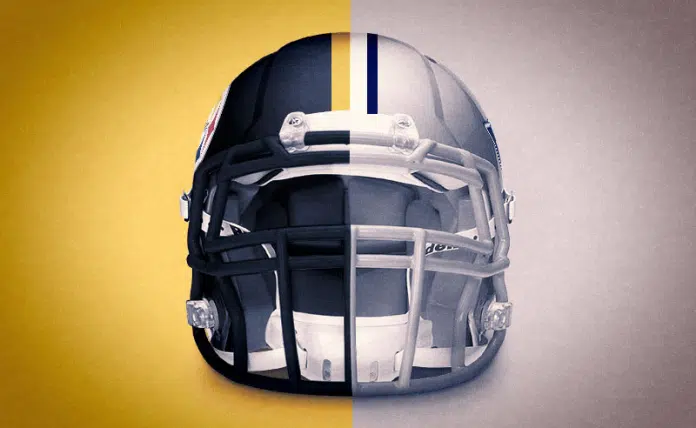The middle. It’s the elusive result where bettors dream of having multiple winning wagers thanks to the outcome of one game. But are middling bets a good betting strategy?
What Are the Chances of Winning Both Bets?
The concept of a middle is an easy one, and you only need to look back at Super Bowl XIII to find the proof of that. The Dallas Cowboys and Pittsburgh Steelers played in the Super Bowl that year, and Pittsburgh opened up as a 3.5-point favorite.
Much of the early betting action came in on the Steelers that season, which forced the oddsmakers to push the spread up to Dallas +4.5. In the end, though, much of the spread betting action was largely on the Cowboys.
Even though NFL games don’t end on ‘4’ all that often, this particular game did, as the Steelers won 35-31. It was a nightmare situation for the books, as they had to pay out all of the early bets on Pittsburgh -3.5 and all of the late bets on Dallas +4.5.
With the game landing exactly on Pittsburgh by four, the game hit the middle on the spread.
Middling Opportunities
Situations for middles come up all the time in betting. College football lines routinely move at least three points from the time that they open until the time when they kickoff, and you can see spreads move as much as two touchdowns.
Granted, you don’t see that in the NFL with as much exposure is on those betting lines, but fringe college football games, fringe college basketball games, or even sports like Canadian football and arena football, lend themselves to great middling opportunities.
On one glance, middling seems like the right sports betting strategy. Forecast which way the betting lines are going to move, take the side that you think the public is going to be on, and bet on the other side of the game to have a minimal risk proposition with a maximum reward.
Why It’s Not That Easy to Win All Bets
However, it really isn’t that easy. We’ll say you’re a $100 bettor, and you spot the Patriots at -3.5 at the start of the week against the Jets. You think New England is going to end up getting a lot of action over the course of the week, and so you bet $110 to win $100 on the Pats.
Later on in the week you see your forecast was correct, and New England is now set at -6.5. In order to set yourself up for a middle, you bet $110 to win $100 on the Jets +6.5.
In theory, this sounds fantastic. You can’t lose both bets, and if the Patriots win by four, five or six points, you’ve won both sides of your bet.
But what about the juice involved? This isn’t exactly a risk-free proposition. In actuality, you’re wagering $10 to win $200 that New England will win the game by the exact amount of points necessary to hit your middle.
What does that mean? You could do this 21 times, and if you win one of your 21 bets, you’ll break exactly even. That’s some risky betting. Are you that confident your middle is going to cash 4.8% of the time to make you a winner?
Should You Stick to Your Original Bet?
Surely, there are places to bet middles. If you’re live betting a game with online sportsbooks and don’t like the way your team has played, you might have an opportunity to get out of your bet and get lucky with a middle at the same time. Or if you’re second half betting in football or basketball games, you might be able to set up a middle if your team is ahead of the spread at the time.
But generally speaking, middling isn’t advisable because of the slim chance of winning. Take our betting tips and you’ll find that you’re much better served just sticking with your original bet and letting that ride, knowing that there’s great value on that number you’ve worked so hard to get.
The thrill of hitting a middle is great, but it’s not always the right thing to do, even if the opportunity presents itself. More often than not, it’s one of bettors’ big betting mistakes.
If you’re looking for more new ways to bet, take a look at 3 Controversial Betting Tips

